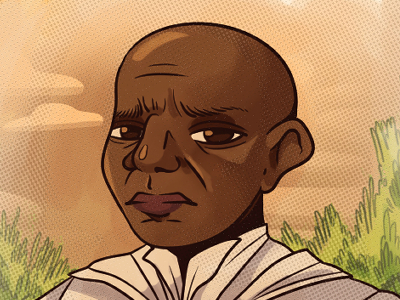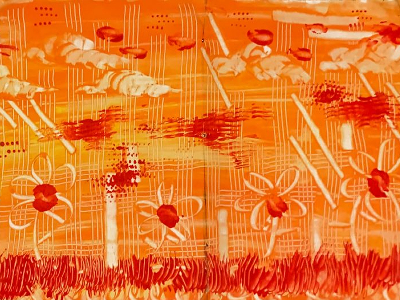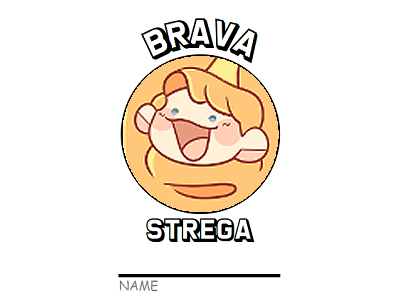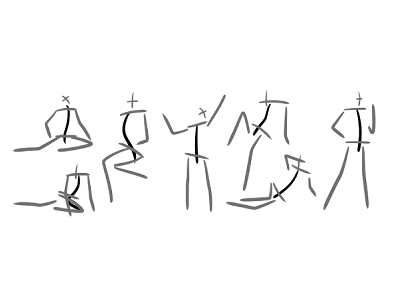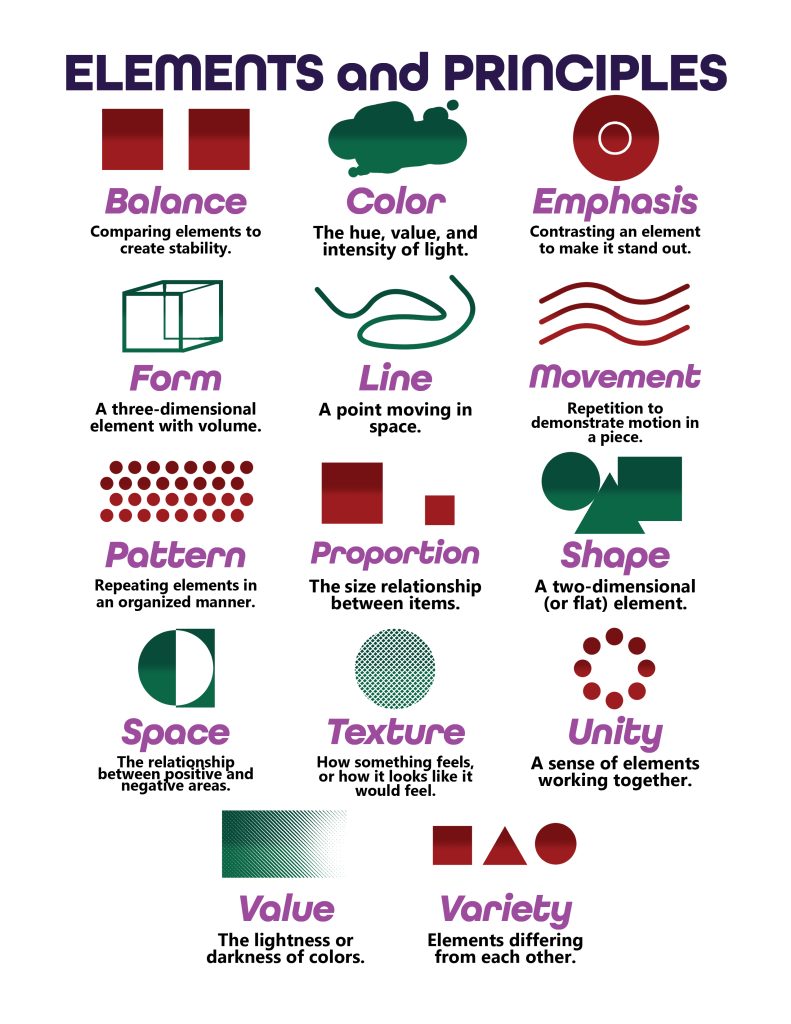Educational philosophy
All art is good art; I stand by this both as an artist and an educator. It is important to enable students to create unrestrained and build the toolbox needed to bring their visions to life.
I believe in equitable access to the arts for students of all abilities. The Universal Design for Learning guidelines are foundational to building engaging and accessible lessons (CAST, 2024). By giving students multiple points of entry into a project and allowing them to engage with material in a way that is comfortable for them, the likelihood of them receiving a positive outcome from the lesson increases. Encouraging students to engage with free choice in material and subject matter, such as through a method like Teaching for Artistic Behavior, will foster a healthier classroom environment (Teaching for Artistic Behavior, 2021). These kinds of accessibility features are beneficial to the whole class, not just the students who ‘need’ them. A classroom that models equitable accessibility provides a safe space for students. The end goal should always be making one’s students feel safe to express themselves in the art room.
It is important for students to develop a positive studio environment with both their educator and fellow classmates. This can be achieved through positive reinforcement; students will develop their usage of professional, positive language, even in criticism. The class will be encouraged to share their interests and personal identity in their work. To further this, artists will be displayed from a variety of backgrounds to show students people like them who create great work. This includes BIPOC, LGBT+, and disabled artists, especially those from the local area. This is all done to create a classroom environment where students can express themselves without fear.
This all fosters positive artmaking habits. Art is an important vessel for mental health, developing Social-Emotional Learning skills, and giving students a good relationship with media analysis and introspection. In a world full of problems, art is a place where we can find respite, both through creation and consumption. Because of this, all art serves a purpose; and all of it is good.
Lesson Plans
Click on the teacher exemplar to view the lesson materials!
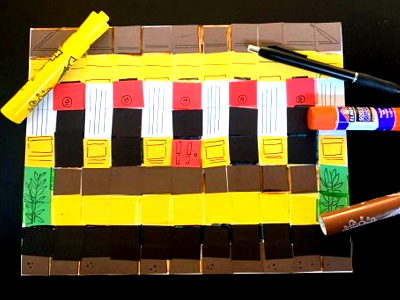
Bisected Landscapes
Create landscapes inspired by video games using collage and mixed media techniques.
Grade Level: HS Special Education
curricula
Formal Drawing for the Advanced Art Student
Half-year curriculum for 11th and 12th grade.
Full-Year-CurriculumAbstract Art in the Elementary Classroom
Full-year curriculum for 5th grade.


